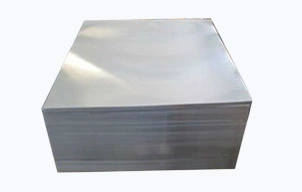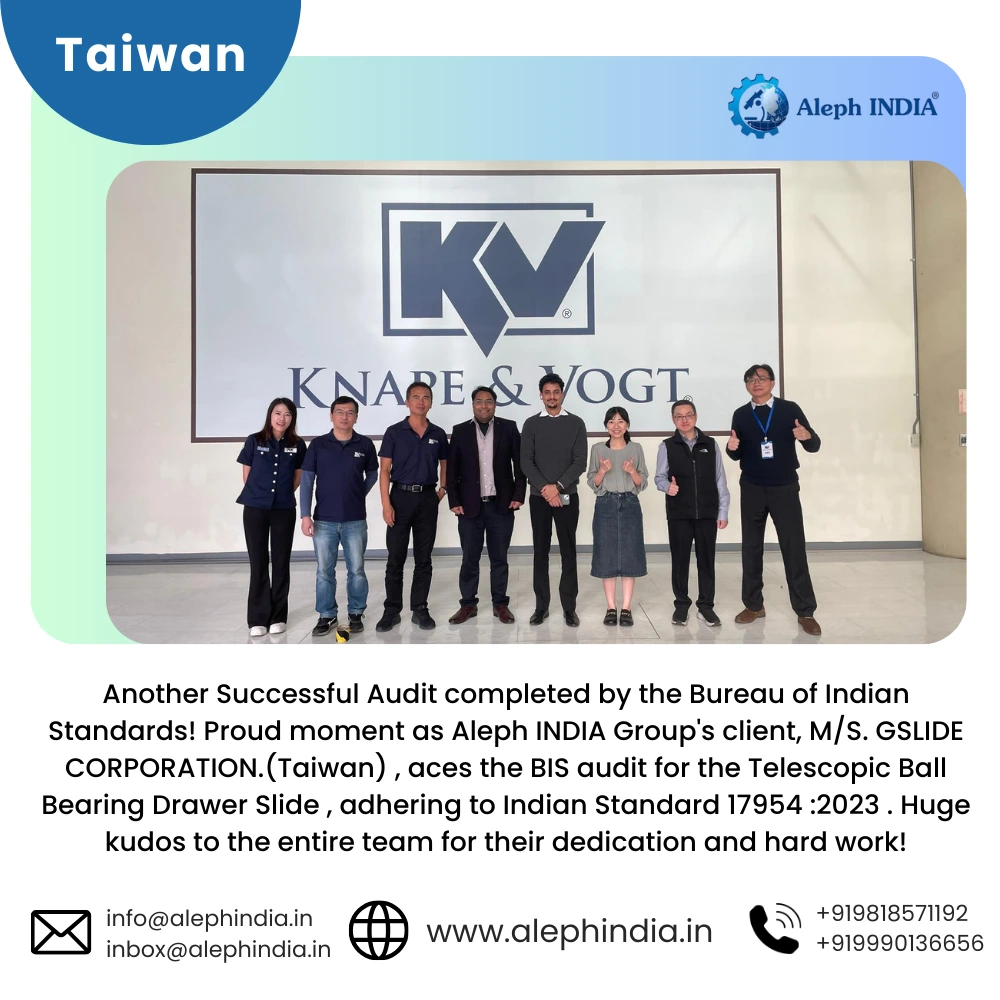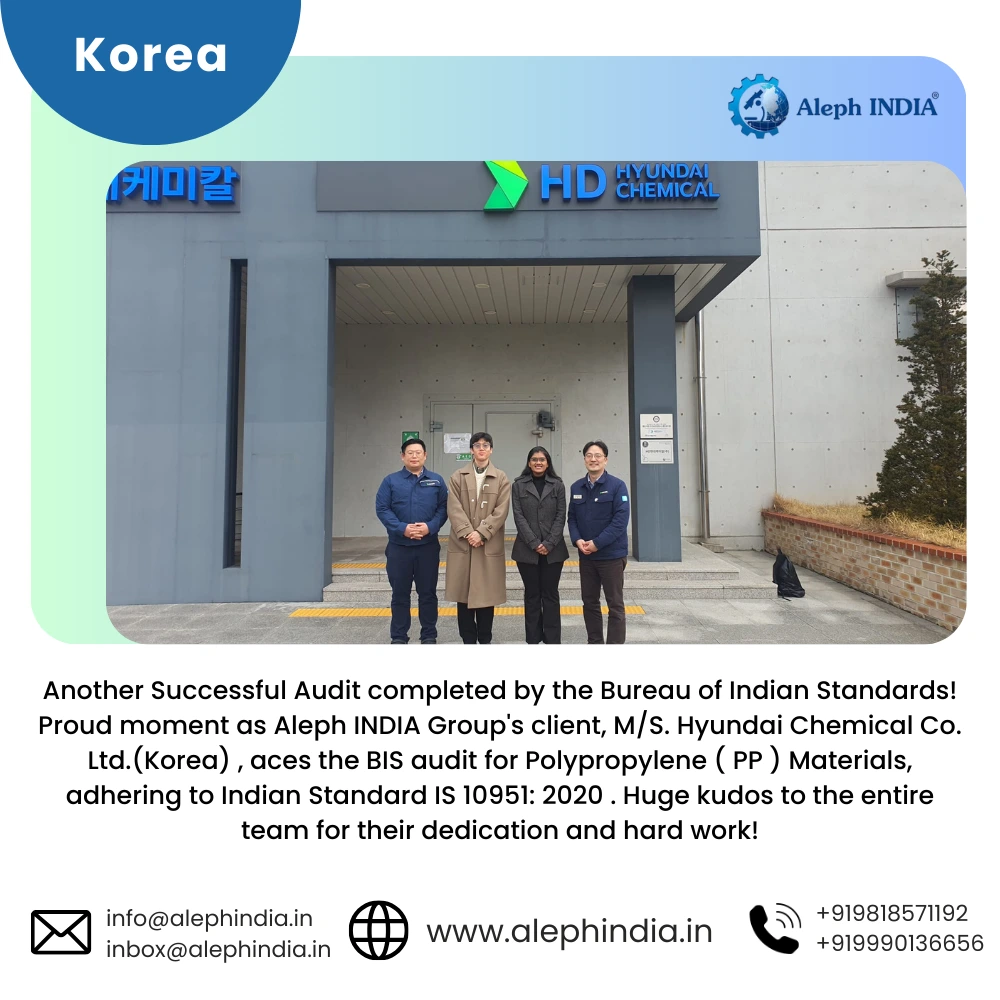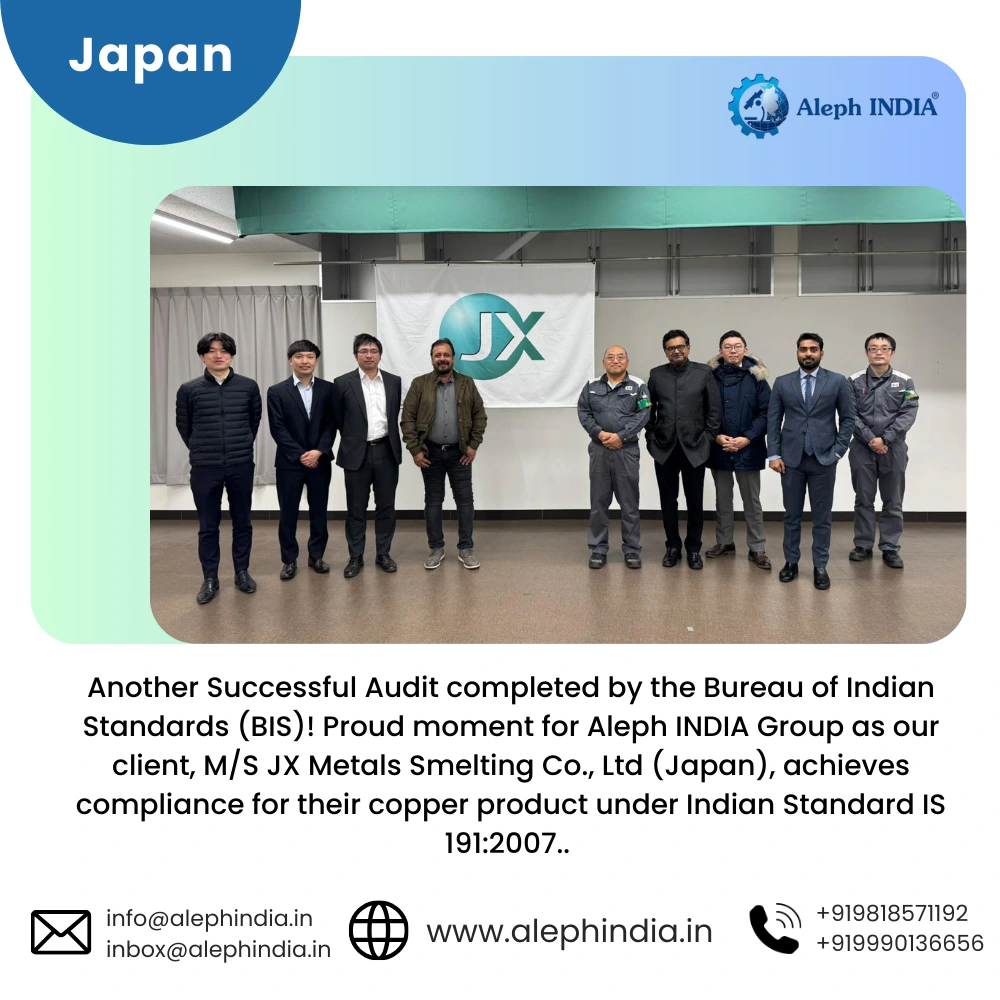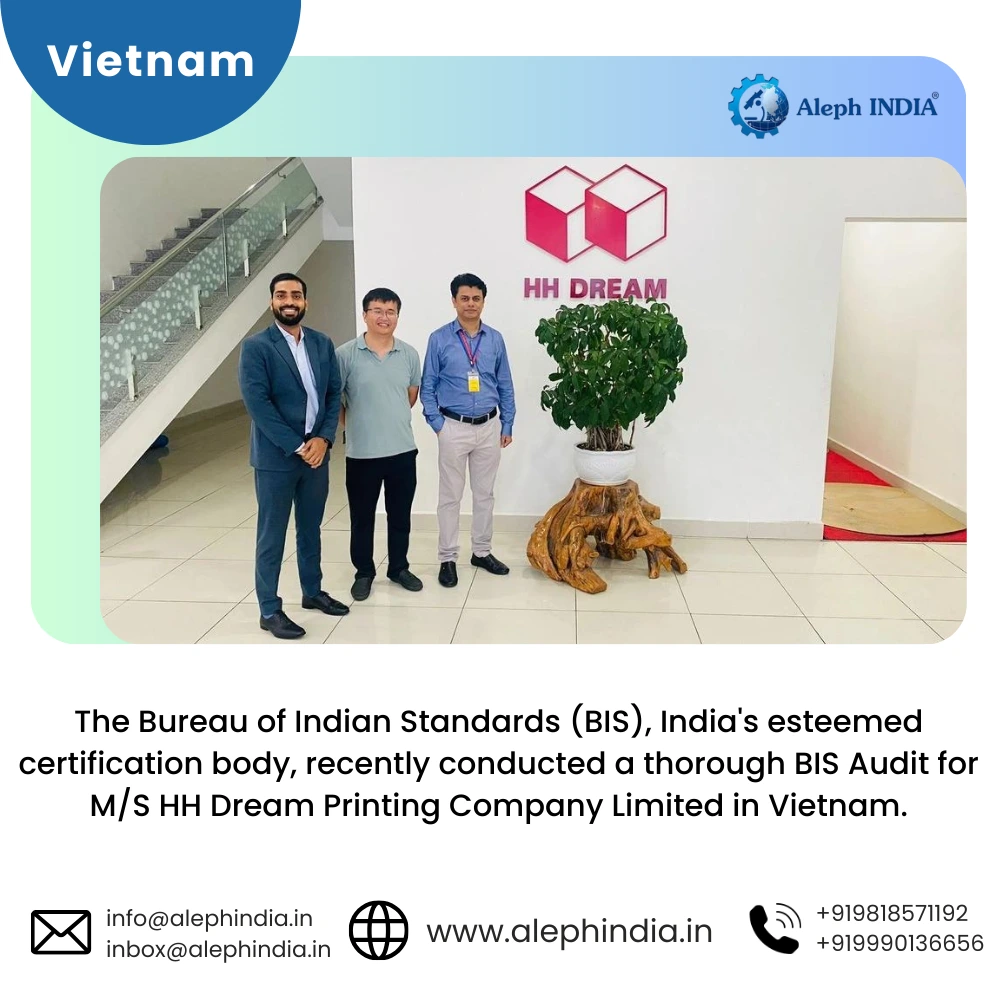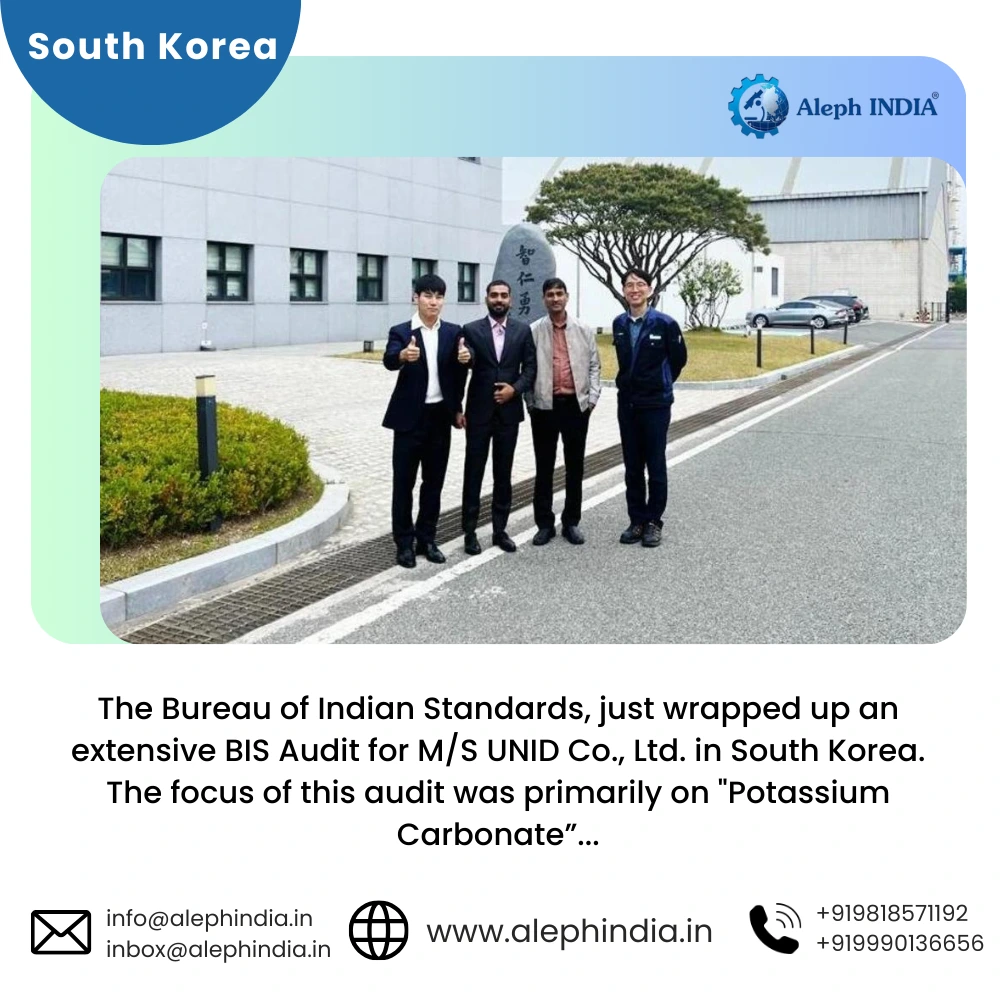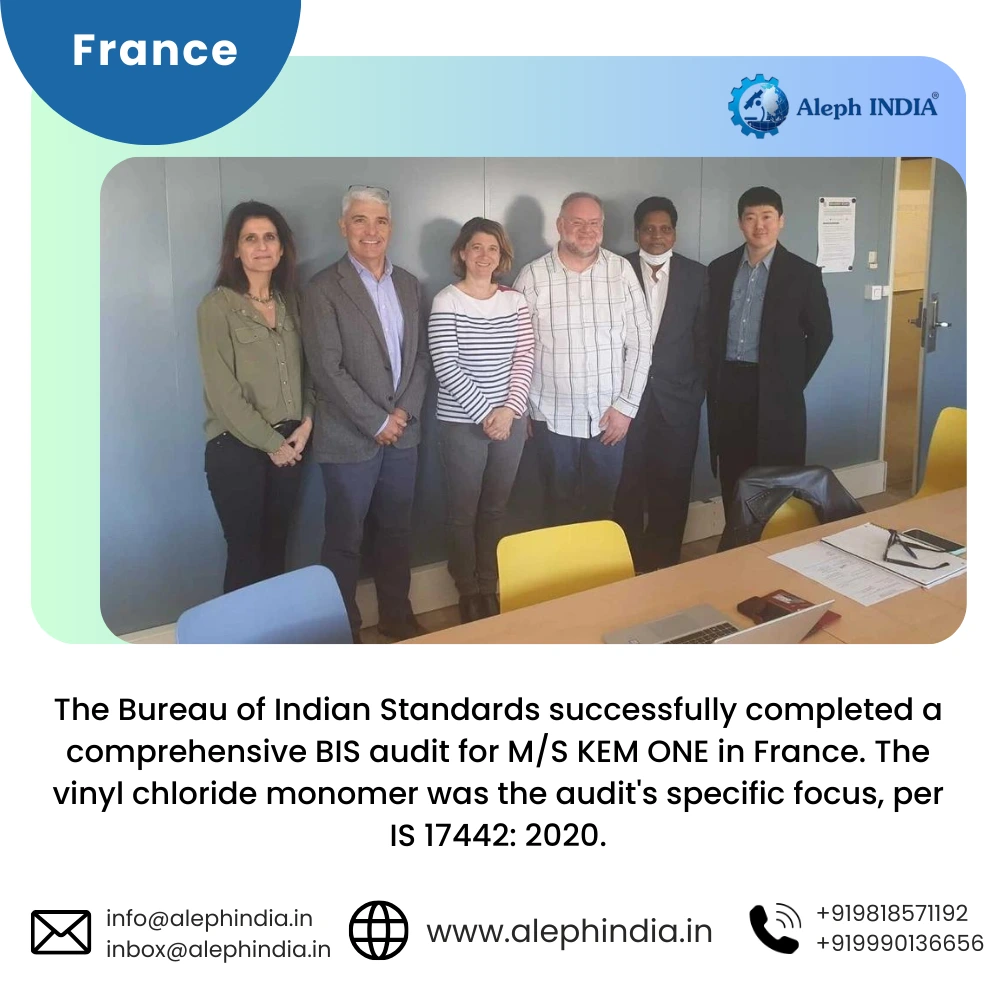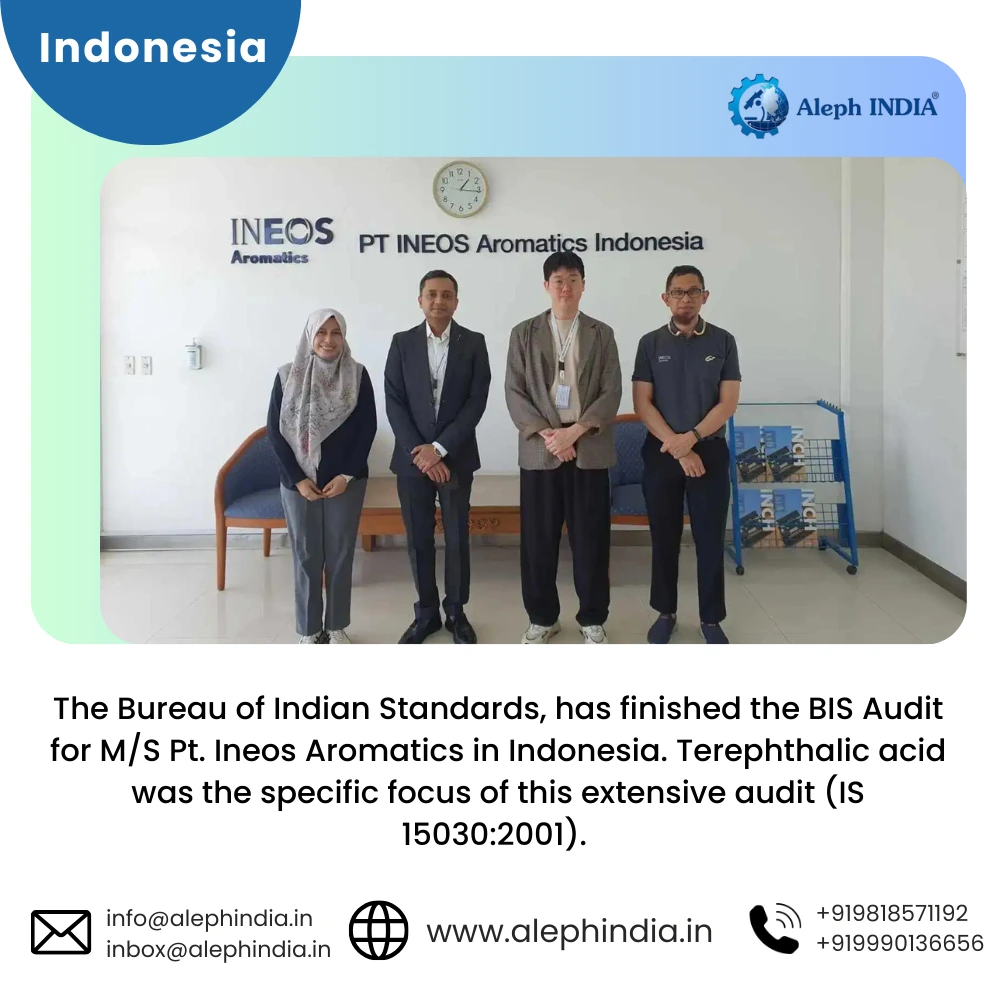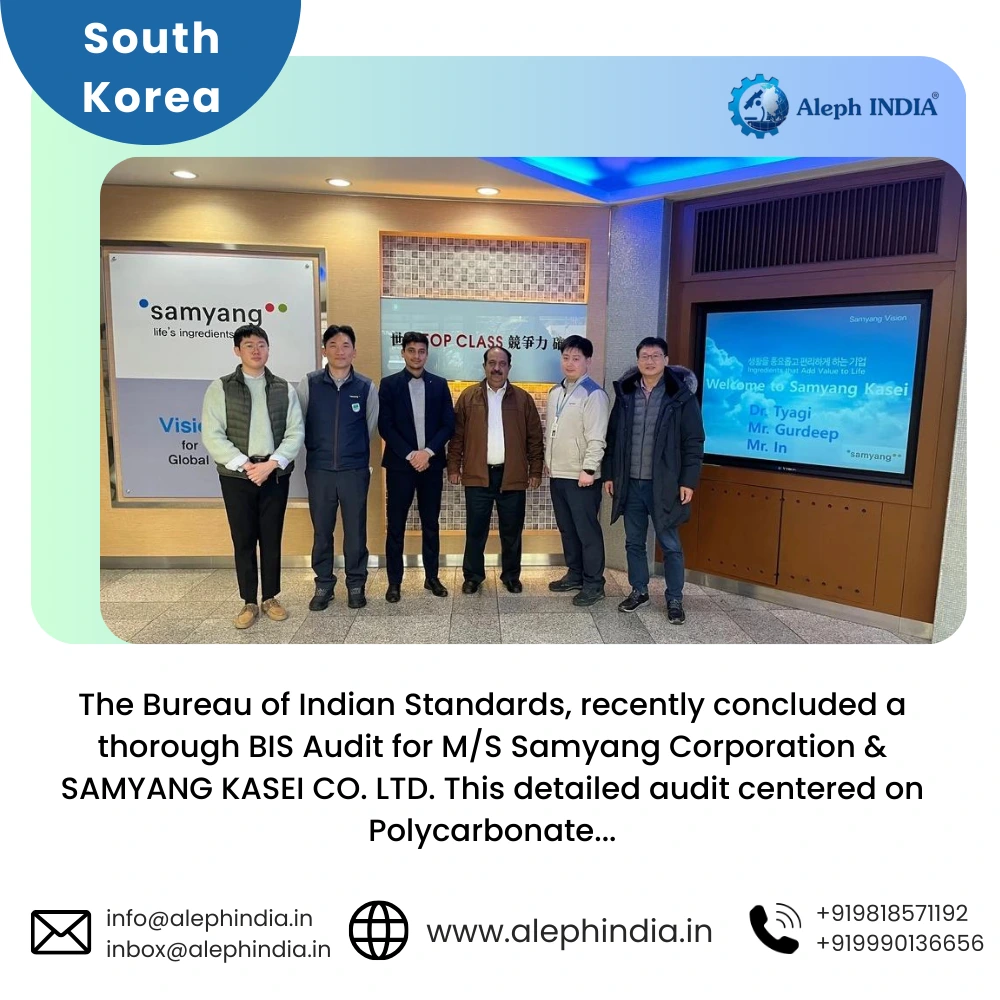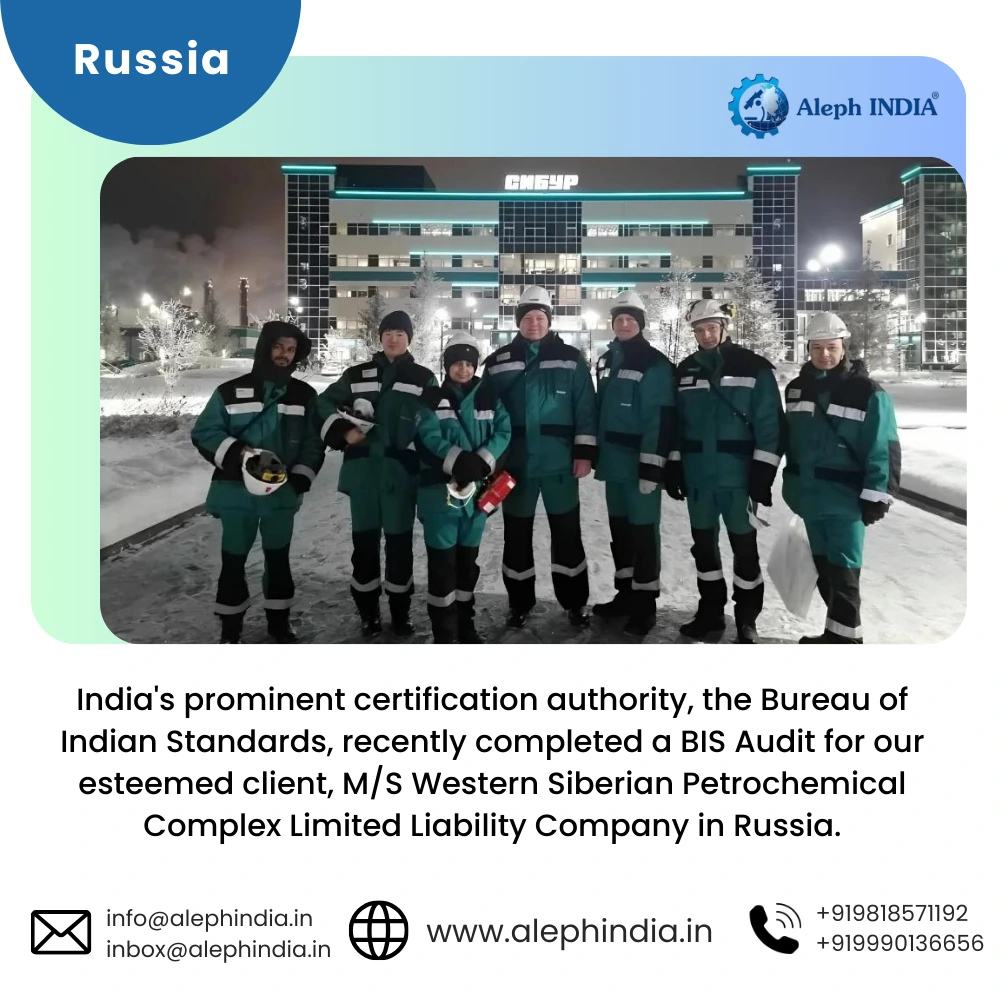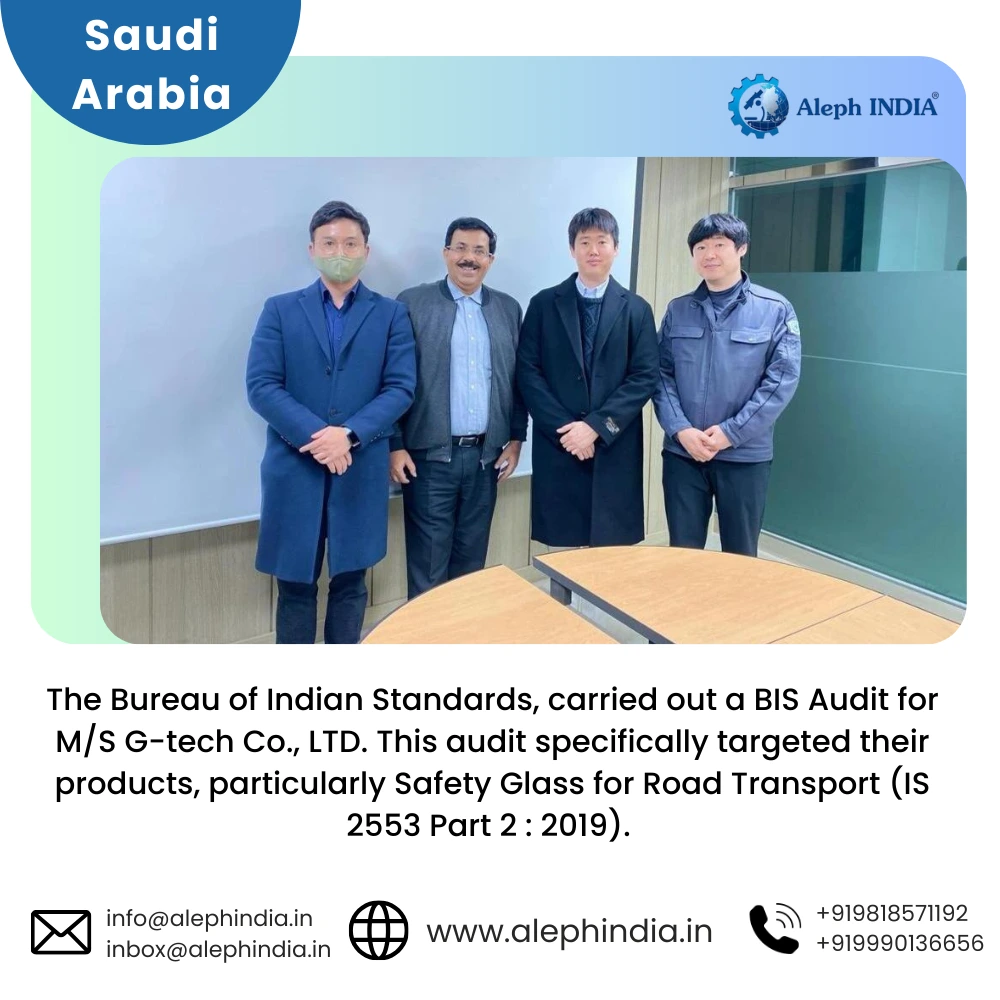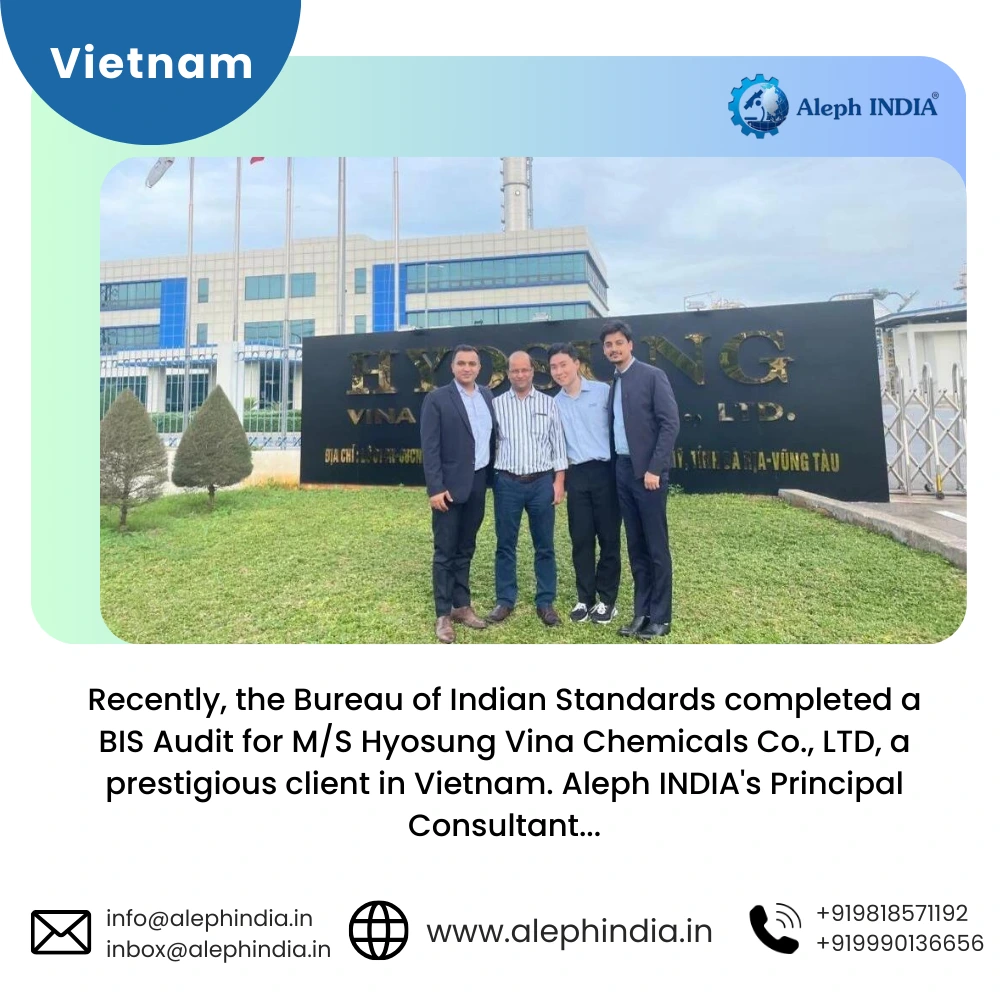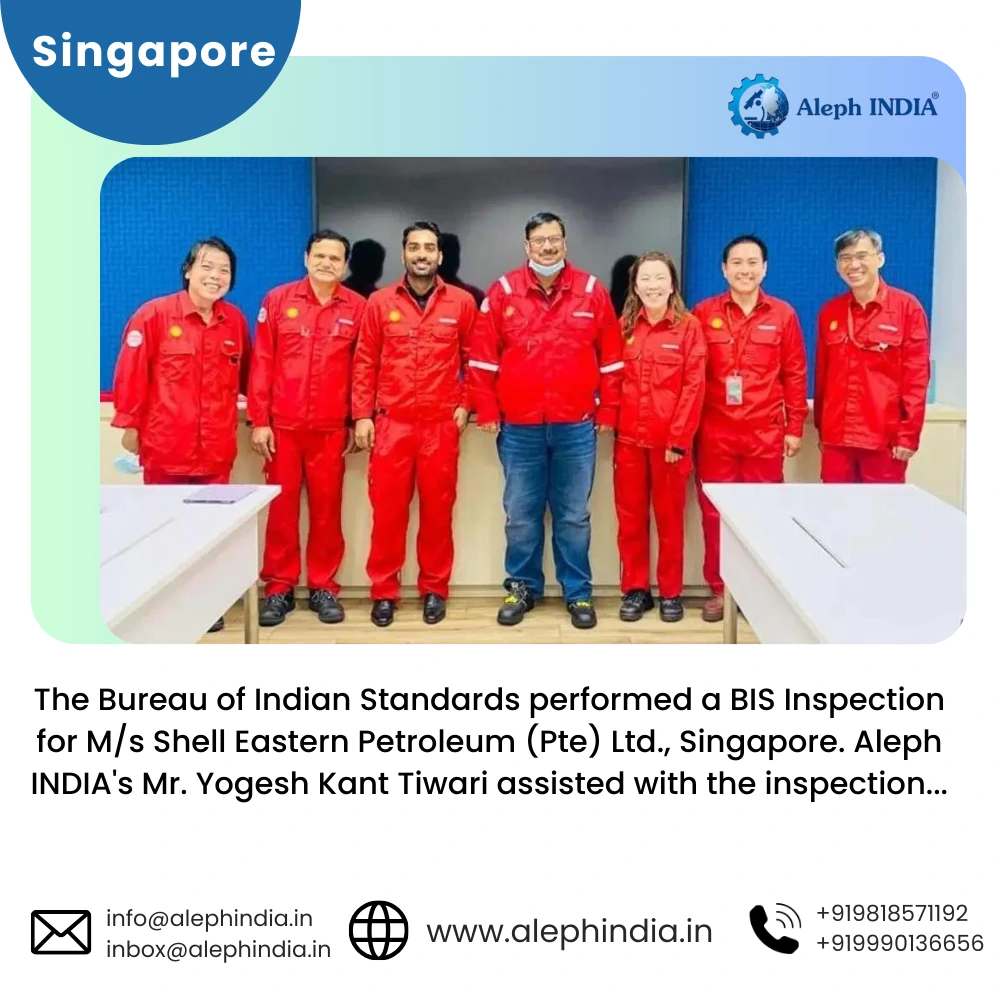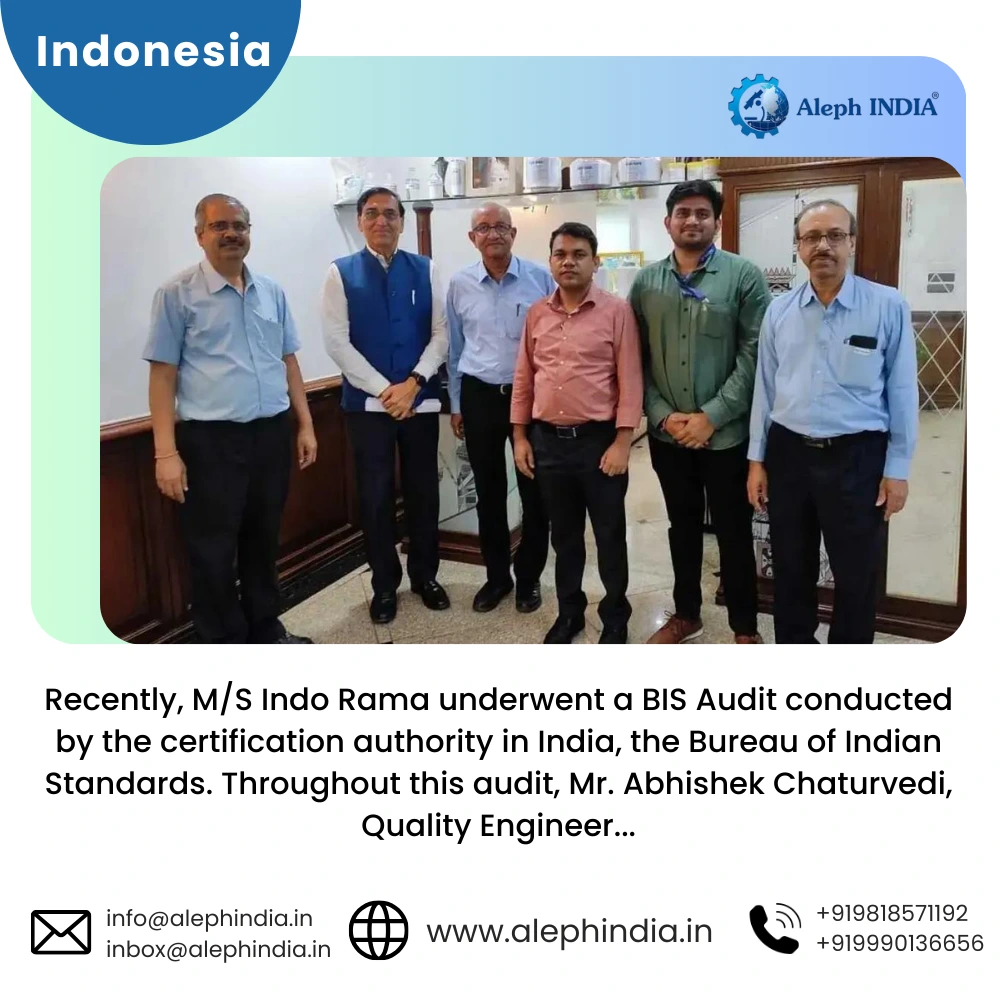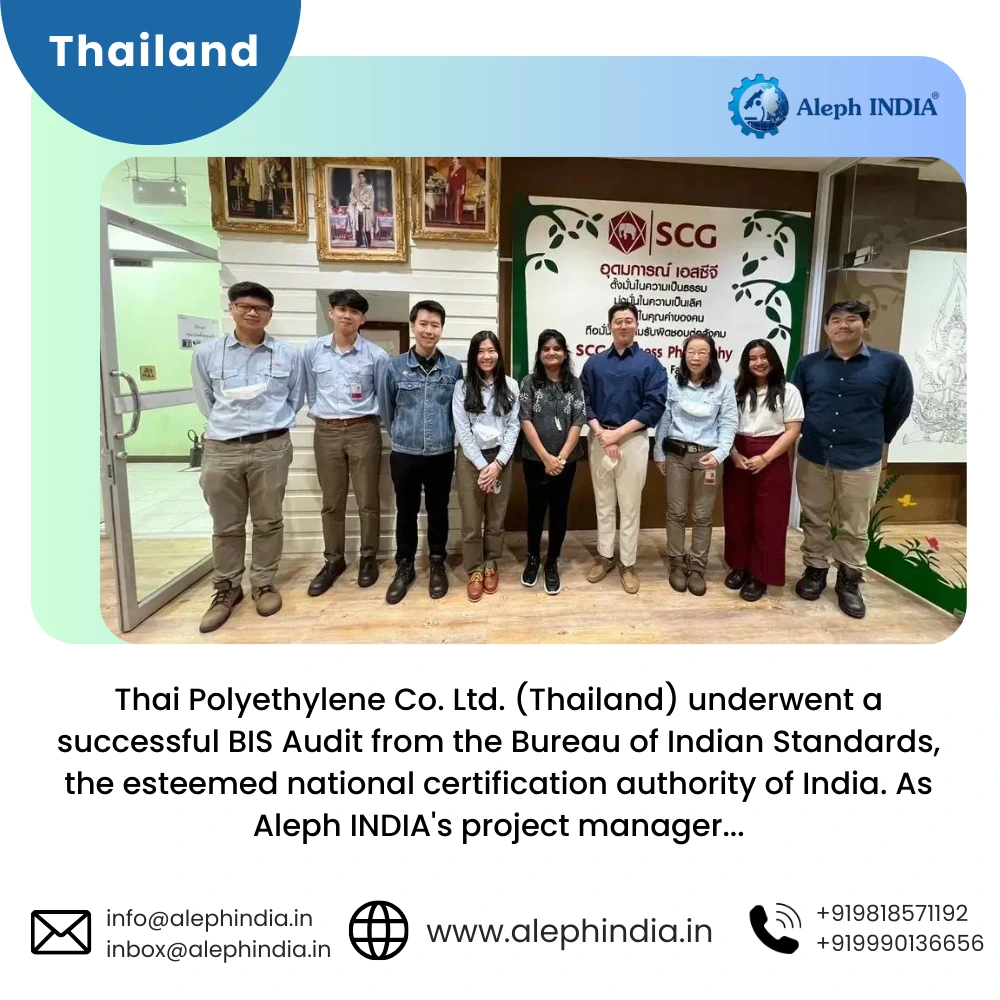BIS CERTIFICATION FOR COLD REDUCED ELECTROLYTIC TINPLATE
IS 1993:2018
In this competitive scenario, it isn't easy to survive in the market without a standard quality and certified product. BIS license may also be required to sell products in the Indian market.
To get BIS certification and produce a standard quality product, the manufacturer must ensure that their product must follow the specified Indian standard.
Let’s take a closer look at IS 1993:2018 for cold reduced electrolytic tin plate.
The Bureau of Indian Standards adopted this Indian Standard (Fifth Revision), which is identical to ISO 11949: 2016 Cold-reduced tin mill products - Electrolytic tinplate' issued by the International Organization for Standardization (ISO), on the recommendation of the Wrought Steel Products Sectional Committee and with the approval of the Metallurgical Engineering Division Council.
This standard was first published in 1962 and has since been revised four times: in 1974, 1982, 1993, and 2006. This standard's fourth revision was identical to ISO 11949: 1995. This standard has undergone its fifth revision in order to align with the most recent version of ISO 11949: 2016.
This Standard covers the requirements for single and double cold-reduced low-carbon mild steel electrolytic tinplate in sheets or coils for subsequent sheet cutting.
Single-reduced tinplate is specified in nominal thicknesses in multiples of 0.005 mm, ranging from 0.17 mm to 0.49 mm. Double-reduced tinplate is available in nominal thicknesses that are multiples of 0.005 mm, ranging from 0.14 mm to 0.29 mm. This International Standard covers coils and sheets cut from coils with nominal minimum widths of 500 mm.
Single reduced tinplate is designated in terms of a temper classification based on the Rockwell HR30Tm hardness values given in the standard for the purposes of this International Standard. The purity of the tin used to make the coating must be as per standard. Tinplate manufacturing methods are the responsibility of the manufacturer and are not specified in this International Standard.
Single cold-reduced tinplate can be supplied in bright, silver, stone, or matt finishes. Typically, double cold-reduced tinplate is supplied with a stone surface finish and a flow-brightened tin coating. One sample of any thickness shall be drawn and tested to cover all of the product's designations within the group.
TESTS
Test shall be carried out in accordance with the method prescribed.
- Tolerances on dimensions and shape
- Tin coating mass
- Hardness measurement
- Tensile test
Marking:
Marking shall be done in accordance with IS 1993: 2018. Material shall be marked with information as specified in the standard, and the material may also be marked with Standard Mark (ISI Mark). The Manufacturer must obtain a BIS license from the Bureau of Indian Standards to use a standard mark (ISI Mark). The Bureau grants a license based on a successful assessment of manufacturing infrastructure, production process, and quality control and testing capabilities during a visit to its manufacturing premises.
ALSO READ: BIS QCO for the Steel and Steel Products (Cold-reduced Electrolytic Tin Plate)

NOTE:
For Detailed Information about the Procedure for BIS ISI Certification
Visit :
• ISI Mark Certification for Domestic Manufacturers• ISI Mark Certification for Foreign Manufacturers
Conclusion:
If a product falls under the scope of the BIS Conformity Assessment Scheme, All the manufacturers, importers, and foreign entities must obtain BIS ISI Certification. The Bureau may cancel the License if the product fails to meet certification requirements.
Aleph INDIA has been serving the industry as a single-window operator for all product regulatory compliance. We can assist importers or manufacturers in meeting all criteria for importing or selling a product in the Indian market.
International Audits & Participation
Testimonials
BIS REGISTRATION FOR ELECTRONIC & IT PRODUCT
In the era of globalization, world trade is growing rapidly and henceforth, Manufacturing and Import/Export businesses are also growing drastically...View More
BIS CERTIFICATE FOR FOREIGN MANUFACTURER
The Economy of India-the fastest developing economy on the globe with the capabilities that help it matches up with the biggest international...View More
PRODUCT CERTIFICATION SCHEME (ISI MARK) FOR DOMESTIC MANUFACTURERS
Anything a person buys from food to cars, clothes to electronics, branded to unnamed products there is always a question that wanders in one’s...View More
WIRELESS PLANNING AND COORDINATION (WPC)
WPC: Wireless means communication done from one point to another point without the wires and cables. Electromagnetic waves carry the ...View More
BUREAU OF ENERGY EFFICIENCY (BEE) CERTIFICATE
BEE CERTIFICATE: Energy is the future, and its conservation is the way of the bright future. Everyone claims the environment is important...View More
E-WASTE MANAGEMENT
E-waste is one of the world's fastest-growing trash streams. We currently manufacture almost 50 million tones of it each year...View More
Request a call back.
Would you like to speak to one of our Senior Technical advisers over the phone? Just submit your details and we’ll be in touch shortly. You can also email us if you would prefer.
BIS REGISTRATION FOR ELECTRONIC & IT PRODUCT
In the era of globalization, world trade is growing rapidly and henceforth, Manufacturing and Import/Export businesses are also growing drastically...View More
BIS CERTIFICATE FOR FOREIGN MANUFACTURER
The Economy of India-the fastest developing economy on the globe with the capabilities that help it matches up with the biggest international...View More
PRODUCT CERTIFICATION SCHEME (ISI MARK) FOR DOMESTIC MANUFACTURERS
Anything a person buys from food to cars, clothes to electronics, branded to unnamed products there is always a question that wanders in one’s...View More
WIRELESS PLANNING AND COORDINATION (WPC)
WPC: Wireless means communication done from one point to another point without the wires and cables. Electromagnetic waves carry the ...View More
BUREAU OF ENERGY EFFICIENCY (BEE) CERTIFICATE
BEE CERTIFICATE: Energy is the future, and its conservation is the way of the bright future. Everyone claims the environment is important...View More
E-WASTE MANAGEMENT
E-waste is one of the world's fastest-growing trash streams. We currently manufacture almost 50 million tones of it each year...View More
View All Services
Request a call back.
Would you like to speak to one of our Senior Technical advisers over the phone? Just submit your details and we’ll be in touch shortly. You can also email us if you would prefer.


